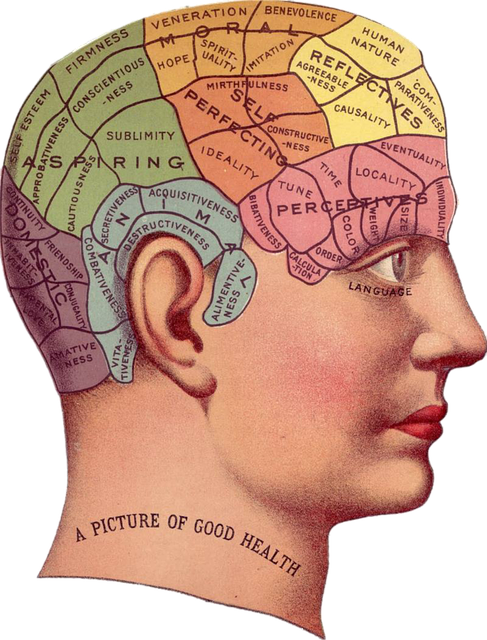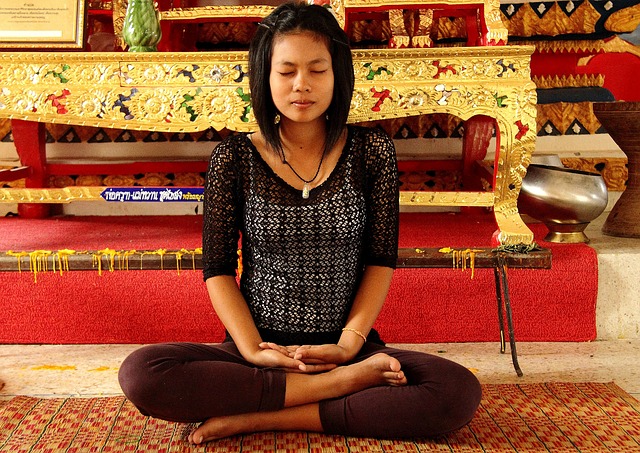Chade-Meng Tan gave a presentation on mindfulness and happiness at an international conference on technology. Meng (as he is called affectionately and respectfully by friends, colleagues and associates) painted a picture, through a series of metaphors, of progression in happiness as we grow in mindfulness.
Attention training and emotional control
At the earliest stage of attention training, through mindful breathing, we gain a level of control over our emotions – instead of our emotions controlling us, we stay in control. Meng likened this to moving from being an unskilled rider at the beck of a wild horse (emotions), to a skilled rider who has the horse (emotions) under control. This sense of control is a basis for happiness because, among other things, we will experience fewer regrets. We will also be less “up and down” as a result of a shift in our emotions.
Self-awareness and self-mastery
As mindfulness training progresses through mindful practice, we gain mastery in two related areas, self-awareness and self-management. Firstly, self-awareness enables us to understand the stressors in our life – what stresses us – and also to realise the nature and strength of our responses. We gain insight into our contribution – through prior experience, negative thinking, assumptions and perceptual distortion- to the level of stress we experience. Our perception of stress changes and we experience less stress as a result. This is the basis for more frequent experience of happiness.
Self-awareness is the beginning of self-mastery, because we cannot achieve self-management without this self-knowledge. Self-mastery enables us to remain calm and think clearly in situations where others “are stressed out”. This calmness and clarity under stress signals leadership capability and may result in greater career success. If nothing else it enables us to have the freedom of choice – the capacity to determine our response to stressors in the gap between stimulus and response.
Meng likens this stage to the effects of physical training – we gain mental and emotional fitness as we grow in mindfulness. As with physical training, we find we are stronger, more resilient and happier as we develop our mindful practice. The positive effects of mindfulness training are deeper and more sustainable than those flowing from physical training.
As Meng points out, based on the results of neuroscience research,:
What you think, what you do, and more importantly, what you pay attention to, changes the function and structure of your brain.
We develop more grey matter (our neo-cortex, the command centre of our brain thickens) and the amygdala reduces (our potential emotional saboteur – the basis of our fight/ flight responses). So our brain physically changes with mindful practice and locks in the positive effects, including the growth in happiness, that enable us to function better in all aspects of our life – work, career, relationships and leisure.
Discernment of emotions
Meng maintains, from more than a decade of evidence-based results, that our discernment of emotions increases dramatically as we grow in mindfulness. He argues that we achieve high resolution in our perception of our emotional processes. So not only are we better able to detect even small changes in our emotional process, but we can do so in real time – as they are happening. This gives us useful and timely information so that we can view our emotional response objectively.
Thus we are able to make a perceptual shift so that we no longer think and say, “I am angry”, but rather “I am experiencing anger”. This enables us to move from a perception that there is nothing we can do about this negative emotion, to one where we recognise that our emotions are something we can control.
Meng uses the analogy of the sky and clouds – your mind is the sky and emotions are the clouds. This leads to the life-changing acknowledgement that “I am not my thoughts; I am not my emotions and my emotions are not me”. This statement drew spontaneous applause from the audience because it was so liberating.
Mindful practice then enables us to view emotions as a feeling/expression in our body, just like physical pain. We are able then to treat them as separate from ourselves and thus controllable – which increases our experience of happiness .
Kindness habits
As we grow in mindfulness, we are better able to demonstrate kindness to others. Kindness has been shown to improve mental health and well-being, even if the kindness is expressed as a thought, rather than action. Meng explains that even asking people to think kind thoughts about two other people – wishing happiness for them – for at least ten seconds a day can have life-changing effects. As we reported earlier, we become what we focus on – thinking kind thoughts about others on a daily basis can make us a kind person.
Kindness reinforces all the benefits of mindful practice and enhances and enriches our state of happiness.
By Ron Passfield – Copyright (Creative Commons license, Attribution–Non Commercial–No Derivatives)
Image source: courtesy of RobinHiggins on Pixabay









